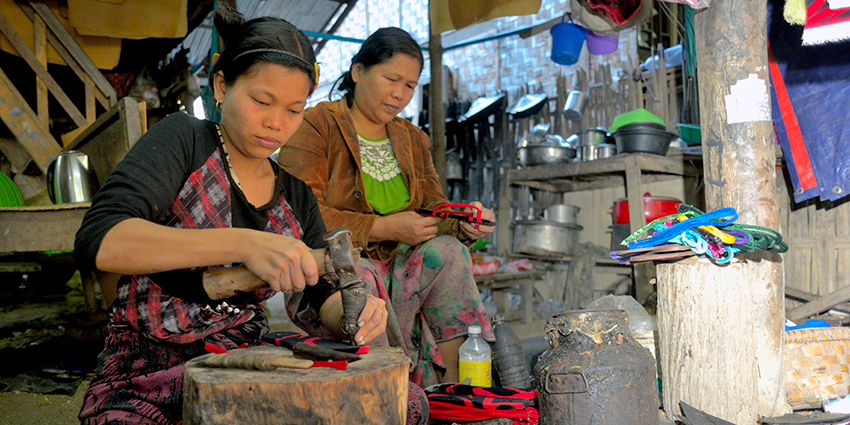
During the first quarter of 2021, the Grameen Crédit Agricole Foundation completed three new financings in Asia, in particular in Indonesia.
In Indonesia, the Foundation granted a new loan to the microfinance institution KOMIDA for an amount in local currency equivalent to €2.2 million. KOMIDA is a microfinance institution created in 2004 as a foundation to offer financial assistance in the form of savings and loan services as well as non-financial services such as health or family financial management training. The institution, which works exclusively with women, currently serves nearly 720,000 clients.
Also in Indonesia, the Foundation granted a new loan to the microfinance institution MBK for an amount in local currency equivalent to € 5 million. “Mitra Bisnis Keluarga” (MBK) is a microfinance institution regulated by the Indonesian Financial Services Authority (FSA) and licensed as a non-bank finance company. Using the Grameen Bank methodology, MBK provides working capital to low-income women in Java to give them access to formal and profitable financial services (financial inclusion), reduce their vulnerability and improve their lives. To date, the institution serves more than one million clients, exclusively women, 75% of whom below the poverty line.
In Myanmar, the Foundation granted a new loan to Proximity Finance for an amount in local currency equivalent to € 1.4 million. Proximity is a microfinance institution created in Myanmar in 2010 that designs and delivers affordable and income-generating products for rural families. The institution strives to improve the livelihoods of rural Myanmar people by providing innovative financial services tailored to their needs, and uses the dynamism of businesses to create social value. To date Proximity has nearly 200,000 active borrowers, 69% of whom are women and 98% of whom live in rural areas.
To date, the Grameen Crédit Agricole Foundation has 89 partners in 39 countries and manages a portfolio of €86 million, 46% of which is located in so-called fragile countries.
For more information, click here.